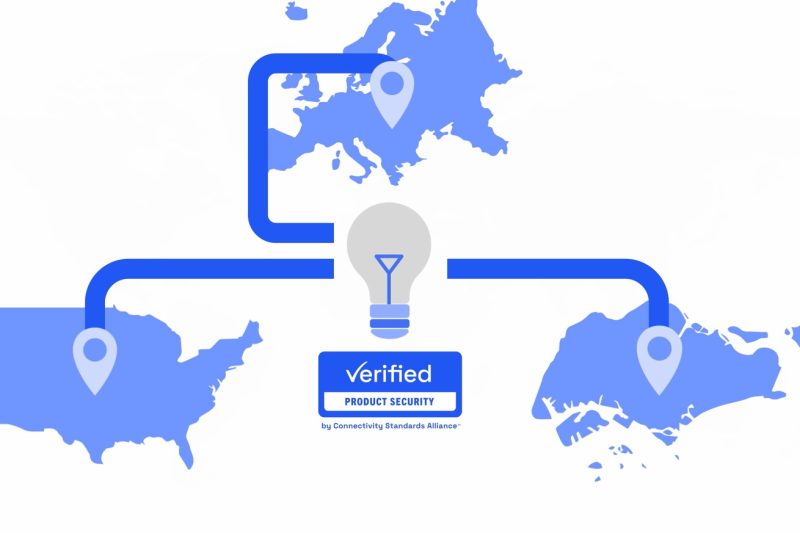In the ever-evolving landscape of technology, the importance of cybersecurity has become increasingly apparent. The rise of smart home devices has brought convenience and efficiency into our daily lives, but it has also raised concerns about data privacy and security. Thankfully, recent developments have brought us one step closer to a global cybersecurity standard for smart home devices.
The need for a unified framework for cybersecurity in smart home devices cannot be overstated. These devices, ranging from smart thermostats to security cameras, collect a vast amount of personal and sensitive data. Without proper protection, this data can be susceptible to cyberattacks, infiltration, and misuse. This can not only compromise the privacy of individuals but also expose them to financial fraud, identity theft, and other cybersecurity threats.
The lack of a standardized cybersecurity protocol has been a major challenge in the industry. Different manufacturers implement varying levels of security measures, leading to inconsistencies and vulnerabilities across devices. This lack of cohesion not only poses risks to individual users but also creates obstacles for cybersecurity professionals tasked with securing these devices.
However, recent efforts have been made towards establishing a global cybersecurity standard for smart home devices. Organizations such as the International Organization for Standardization (ISO) and the Internet of Things Security Foundation (IoTSF) have been working diligently to develop guidelines and frameworks that can be universally adopted by manufacturers and users alike.
One such initiative is the development of the ISO/IEC 30141 standard, which aims to provide a common framework for the design, development, and implementation of secure IoT devices, including those used in smart homes. By adhering to this standard, manufacturers can ensure that their devices meet certain security requirements, such as encryption, secure authentication, and regular software updates.
Furthermore, the IoTSF’s Security Compliance Framework offers a comprehensive set of guidelines for manufacturers to enhance the security of their IoT products. These guidelines cover various aspects of cybersecurity, such as secure boot processes, secure firmware updates, and secure communication protocols. By following these recommendations, manufacturers can improve the overall security posture of their smart home devices.
In addition to these standards and frameworks, government regulations and industry initiatives are also playing a crucial role in advancing cybersecurity in the smart home sector. For example, the Cyber Shield Act in the United States aims to create a voluntary certification program for IoT devices to enhance their cybersecurity. Similarly, industry-led initiatives such as the AllSeen Alliance and the Thread Group are working to establish interoperability standards for smart home devices, which can also contribute to cybersecurity by ensuring secure communication between devices.
As we move closer to a global cybersecurity standard for smart home devices, it is essential for manufacturers, policymakers, cybersecurity experts, and consumers to collaborate and prioritize cybersecurity in the design, development, and use of these devices. By implementing robust security measures and adhering to industry standards, we can create a safer and more secure environment for IoT devices in our homes.
In conclusion, the journey towards a global cybersecurity standard for smart home devices is well underway, thanks to the efforts of various organizations and stakeholders. With a unified approach to cybersecurity, we can address the existing vulnerabilities and risks associated with smart home devices, ultimately enhancing the privacy and security of users worldwide.

